
Perseverance rover unexpectedly discovers lightning on Mars - Illustration photo
NASA's Perseverance rover has recorded small lightning bolts appearing in dust storms on Mars. The discovery has just been published in the journal Nature .
The results come from the microphone of the SuperCam instrument, developed by French research teams at the Institute for Astrophysics and Planetology (IRAP) and the Laboratory for Atmospheric and Space Observations (LATMOS).
The microphone, which will be sent to Mars in 2021, will not only help study sound but also provide precise data about the atmosphere. When the SuperCam laser hits rocks, the sound transmitted to the microphone carries information about the temperature and density of the air. Scientists discovered this when the microphone accidentally recorded two dust storms passing by Perseverance.
In the recordings, scientist Baptiste Chide of the French National Institute for Scientific Research (CNRS) noticed an unusual "clicking" sound. After analyzing and comparing it with the shock waves created by lasers, he hypothesized that this could be a sign of an electrical discharge.
Reproduction tests in the lab, with the microphone placed in a dilute CO2 atmosphere and creating a small arc, gave identical results. Some microphone components also acted as antennas, recording the electrical pulse that appeared just before the sound, consistent with the lightning process.
What was most surprising was the frequency of the phenomenon. When they combed through the data, the team found about 50 discharge events, even though the microphones recorded for only a very short time and were sensitive only to a range of 1-2 meters. This suggests that dust vortexes – which are common on Mars – can produce discharges on a regular basis.
This discovery has major implications for explaining many chemical phenomena on Mars, especially the rapid disappearance of methane that has been recorded in the atmosphere.
Small electric arcs could be unusually efficient at destroying methane molecules, the researchers say. Lightning could also be involved in the formation of hydrogen peroxide and perchlorate – powerful oxidizing compounds that are widely present on the planet’s surface.
The discovery of electrical discharges on Mars opens a new direction of research, helping to better understand the atmosphere, chemical activity and conditions that may affect the existence of traces of life on the Red Planet.
Source: https://tuoitre.vn/tau-tham-do-nasa-bat-ngo-phat-hien-tia-set-tren-sao-hoa-20251127150456384.htm






![[Photo] President Luong Cuong attends the 50th Anniversary of Laos National Day](/_next/image?url=https%3A%2F%2Fvphoto.vietnam.vn%2Fthumb%2F1200x675%2Fvietnam%2Fresource%2FIMAGE%2F2025%2F11%2F27%2F1764225638930_ndo_br_1-jpg.webp&w=3840&q=75)

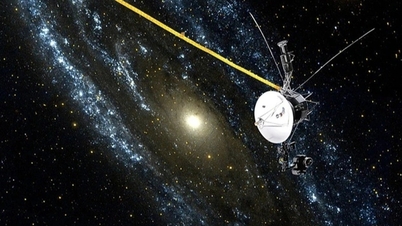

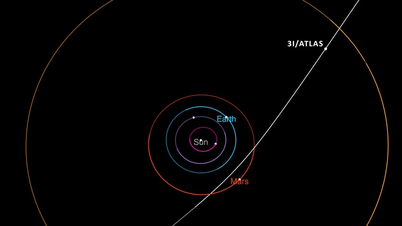

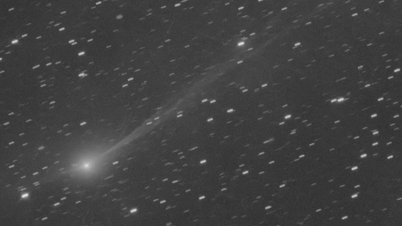
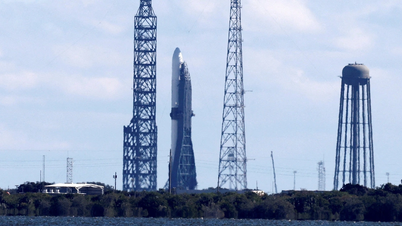
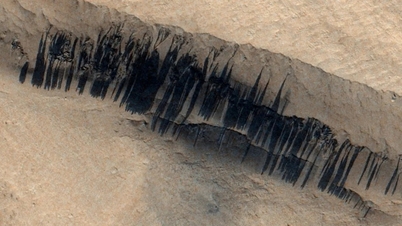



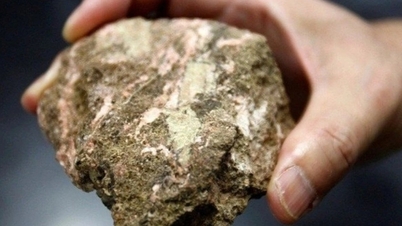



















































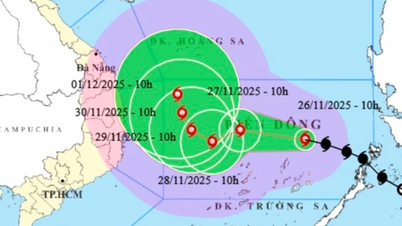




































Comment (0)